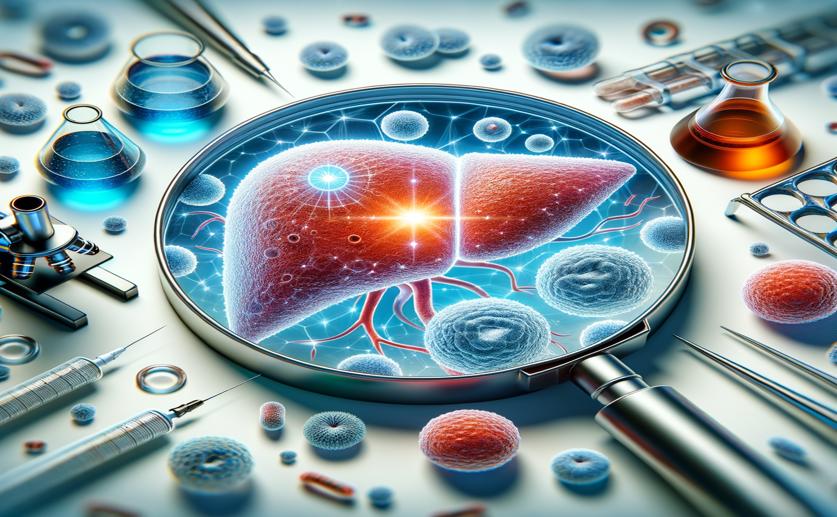
New Compound Helps Prevent Liver Cell Activation and Fibrosis
Jenn Hoskins
6th August, 2024

Image Source: Natural Science News, 2024
Key Findings
- Researchers at Fudan University found that Luteolin-7-diglucuronide (L7DG) significantly reduces liver fibrosis in both cell and animal models
- L7DG treatment decreased fibrotic markers like collagen 1, α-SMA, and fibronectin in liver cells
- The study identified L7DG as a potent inhibitor of protein tyrosine phosphatase 1B (PTP1B), which helps reduce liver fibrosis by inhibiting hepatic stellate cell activation
References
Main Study
1) Luteolin-7-diglucuronide, a novel PTP1B inhibitor, ameliorates hepatic stellate cell activation and liver fibrosis in mice.
Published 5th August, 2024
https://doi.org/10.1038/s41401-024-01351-3
Related Studies
2) Molecular and cellular mechanisms of liver fibrosis and its regression.
3) 3-Methyladenine ameliorates liver fibrosis through autophagy regulated by the NF-κB signaling pathways on hepatic stellate cell.
4) Transcriptional regulation of Hepatic Stellate Cell activation in NASH.



 29th July, 2024 | Greg Howard
29th July, 2024 | Greg Howard